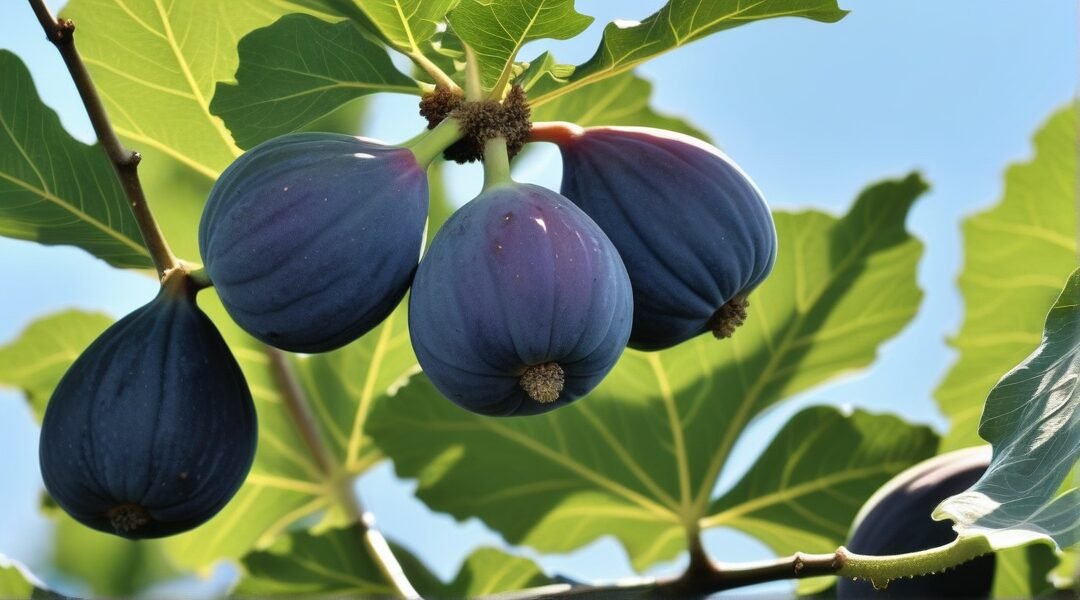Strategies for Winterizing Fig Trees
Protecting Figs from Harsh Winters
Discover effective methods to safeguard your fig trees from the challenges of cold and windy weather, ensuring a healthy yield year after year.
Winter Challenges for Fig Growers
Understanding the Threats of Cold and Wind
Fig growers face significant challenges during the winter months. The combination of cold temperatures and strong winds can damage fig trees, threatening their health and productivity. Without proper protection, these conditions can lead to reduced yields and even tree loss.
Understanding the specific threats posed by winter weather is crucial for fig growers. Cold snaps can cause frost damage, while persistent winds can lead to branch breakage and dehydration. Addressing these issues requires knowledge and preparation.
Effective Protection Methods
- Wrapping Trees with Burlap
- Using Mulch to Insulate Roots
- Building Windbreaks
- Applying Anti-Desiccant Sprays
- Pruning for Wind Resistance
- Setting Up Temporary Greenhouses
- Covering Trees with Frost Cloths
- Installing Heat Lamps
- Utilizing Cold Frames
- Strategic Planting Locations
- Watering Before Frost
- Monitoring Weather Forecasts
- Creating Microclimates
- Using Reflective Mulch
- Constructing Protective Enclosures
- Applying Organic Fertilizers
- Implementing Drip Irrigation Systems
- Regular Tree Inspections
Effective Winter Protection Techniques for Fig Trees
Fig growers employ a variety of strategies to shield their trees from the harsh winter elements. One common method is the use of burlap wraps, which provide insulation against cold winds and frost. Additionally, some growers opt for constructing temporary greenhouses or cold frames around the trees, creating a microclimate that maintains a more stable temperature. Another technique involves mulching the base of the trees with straw or wood chips, which helps to retain soil warmth and moisture. Each of these methods requires careful planning and execution to ensure the trees remain healthy and productive throughout the winter months.
What Our Fig Growers Say
John D., Fig Grower
Emily R., Fig Enthusiast
Michael S., Orchard Owner
Your Fig Tree Wintering Questions Answered
Winter protection for fig trees is crucial for ensuring their survival and productivity. Here are some common questions we receive about this topic.
How do I wrap my fig trees for winter?
Start by loosely wrapping the trunk and branches with burlap, ensuring there is enough space for air circulation. Secure the burlap with twine, and consider adding an additional layer of insulation, such as bubble wrap, for extra protection.
What materials are best for mulching fig trees?
Organic materials like straw, wood chips, or shredded leaves are excellent choices for mulching. These materials help retain soil warmth and moisture, providing a protective barrier for the roots.
Can I use a greenhouse to protect my fig trees?
Yes, temporary greenhouses or cold frames can be very effective. They create a controlled environment that shields the trees from extreme cold and wind, helping maintain a stable temperature around the plants.





